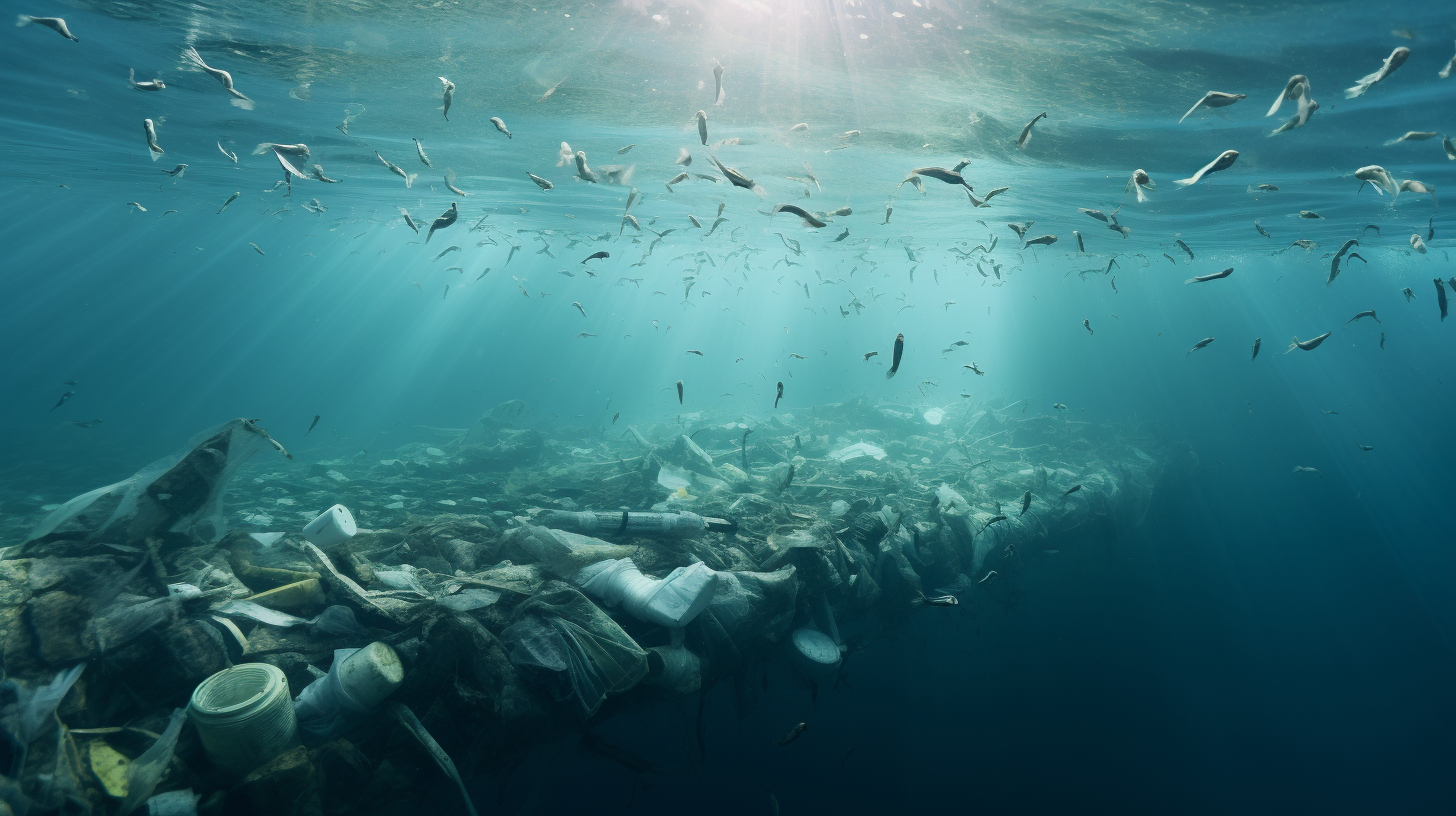Our planet’s blue heart beats faintly, its rhythm faltering under the oppressive presence of an insidious foe – plastic. The executioner of our times, it does not discriminate, ensnaring the mightiest of leviathans and the most inconspicuous plankton alike in its relentless grip. But the crisis unfolding is not one of future projections; it is happening here and now, in our Specters of Plastic: Oceans in Crisis.
In the quiet abyss, where darkness reigns supreme, plastic has cast a ghostly presence, mutating marine sanctuaries into graveyards. These transparent specters bear witness – a bottle entangled in coral, a bag fluttering beside the bones of a whale, each one a grotesque ornamentation foisted upon the natural world by mankind’s neglect.
Recent expeditions reveal that the cancerous spread of plastic has reached the deepest trenches, with microplastics detected within creatures dwelling in areas once thought untouched by human influence. The crisis levies a tax on all, with toxins released into the water, causing unseen mutations and hormonal disruptions within the frightened survivors of this underwater dystopia.
Despite the vanishing breaths of our oceanic giants, the undeniable whispers of the deep call out in suppressed agony. Massive, once vibrant, reefs are now bleached and brittle, their occupants’ lifeless forms swathed in a plastic veil. Predatory fish, the sovereigns of the sea, find their existence threatened not by nature, but by the unyielding infiltration of plastic in their diet, turning them from hunters to victims.
The specter of plastic haunts more than just the wildlife; it poses an ominous threat to human populations. Fishermen retrieve catches laden with plastic, and toxins cascade up the food chain, arriving on our plates with sinister stealth. Coastal communities suffer as biodiversity plummets, and economic despair looms like a dense fog, swallowing hope.
Yet, amidst the chaos, there flickers a faltering but persistent flame of resistance. Conservationists and scientists work tirelessly to document the damage, to ignite a conversation that transcends the barriers of fiction and fact. They stand as lone sentinels against a tide of plastic, brandishing data like weapons in a battle that seems unwinnable. Their efforts are dwarfed by the sheer scale of the problem, yet through their lens, we glimpse the monstrous face of our collective apathy.
We are left to wonder – do we stand as the architects of this plastic dystopia, akin to the monstrous leviathans of legend, or are we destined to reminisce about the oceans’ former glory, forever haunted by the specters we have shaped? The history of tomorrow is in our hands, and although the ocean’s suffering is profound, our actions, or lack thereof, will dictate the final chapters of this macabre saga.
The disquieting echoes of our oceans in crisis reverberate beyond their watery confines, an admonition of the legacy we risk leaving behind. Will we heed the call, or will we continue to dance the grim pavane on a stage set for tragedy?
In this theatre of the damned, it is not the sea that is failing; it is humanity that is found wanting.
